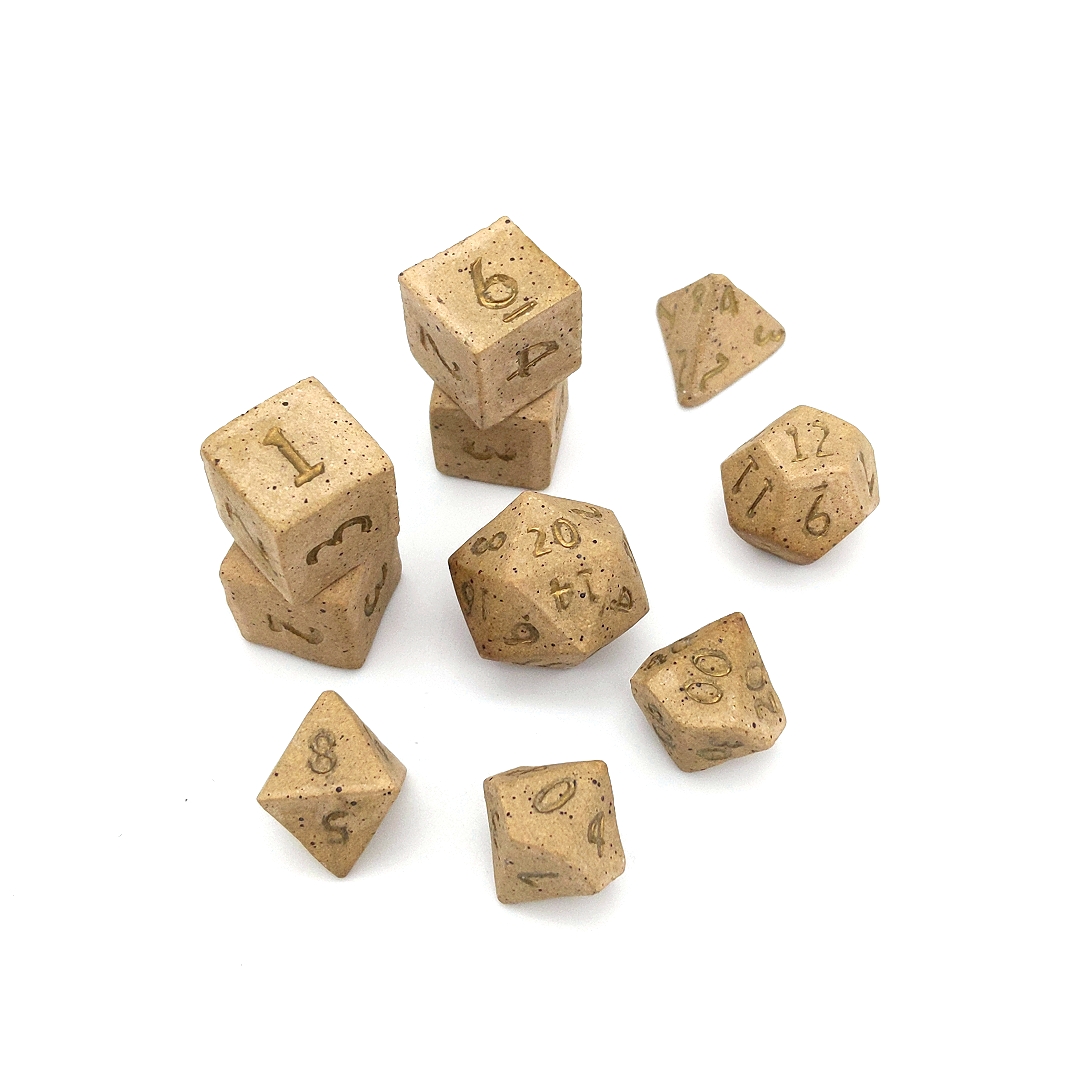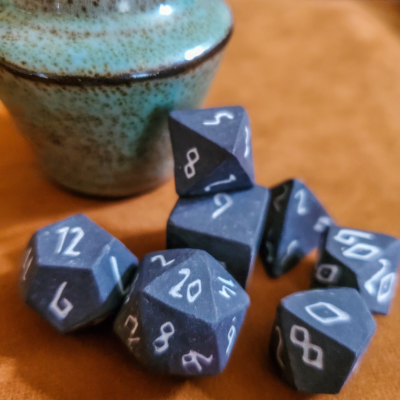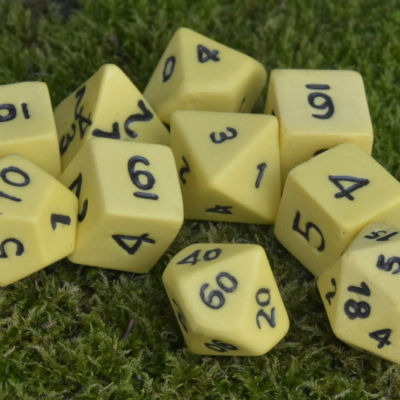Mastering the Art of Pacing in D&D Campaigns
Creating a memorable and engaging Dungeons & Dragons (D&D) campaign hinges greatly on the art of pacing. Proper pacing ensures that your players remain engaged, the story flows smoothly, and everyone has a great time. Whether you’re a seasoned Dungeon Master (DM) or a beginner looking to enhance your storytelling skills, understanding pacing is crucial.
Understanding Pacing in D&D
Pacing refers to the speed at which your campaign’s narrative unfolds. It involves knowing when to slow down for character development and when to ramp up the action. An ideal campaign seamlessly weaves between moments of tension and relaxation, keeping players on their toes while giving them room to breathe.
Why is Pacing Important?
- Maintains player interest by avoiding monotonous or overwhelming sessions.
- Allows time for character development and plot progression.
- Keeps players engaged by balancing combat, exploration, and roleplay.
Tips for Beginners
If you’re new to DMing, here are some tips to help you get started with pacing:
- Plan Ahead: Outline your sessions but stay flexible. Unexpected player choices can change the pace dramatically.
- Read Your Players: Watch for signs of boredom or frustration. Adjust the pace based on their reactions.
Advanced Techniques
For more experienced DMs looking to refine their pacing skills:
- Pacing Breakdowns: Experiment with breaking down sessions into segments focusing on different aspects like combat or exploration.
Mastering the Art of Pacing in D&D Campaigns is a critical skill that can make or break the level of enjoyment for both the Dungeon Master and the players. The right pacing can create a captivating narrative that keeps your players excited and eager for the next scene. On the other hand, poor pacing can lead to a lack of interest, disengagement, or even frustration amongst your players. This guide aims to help both new and seasoned Dungeon Masters understand the importance of pacing and how to implement it effectively in their campaigns.
Pacing in a D&D campaign refers to the speed and rhythm at which the storyline unfolds. As a Dungeon Master, you control the pacing, dictating when to slow down for detailed character development and when to speed up for thrilling combat scenarios. A well-paced campaign maintains a delicate balance between moments of intense action and periods of calm, allowing players to explore, interact and regroup. It’s akin to a well-composed piece of music, with crescendos of high tension and decrescendos of relaxation, keeping players engaged throughout the session.
Planning ahead is crucial for beginners, but it’s also important to remain flexible. Unplanned situations will inevitably arise, and the ability to adapt the pacing to these changes can greatly enhance the gaming experience. For more experienced DMs, breaking sessions down into segments focusing on different aspects like combat, exploration, and roleplay can help create a rhythm that resonates with the players, enhancing their engagement and enjoyment. Remember, the key to successful pacing is understanding your players and reacting to their responses to keep the campaign engaging and fun.





